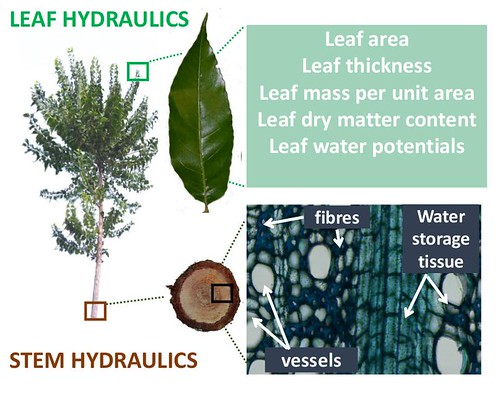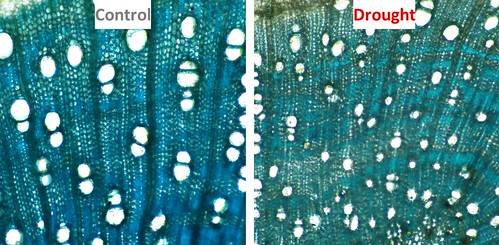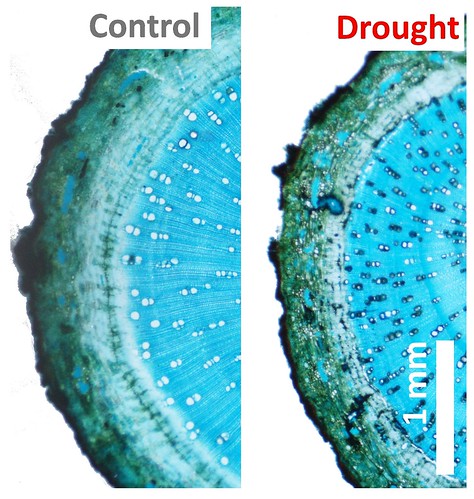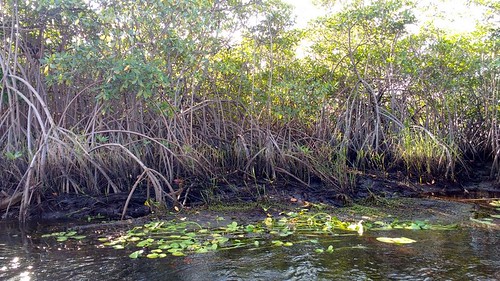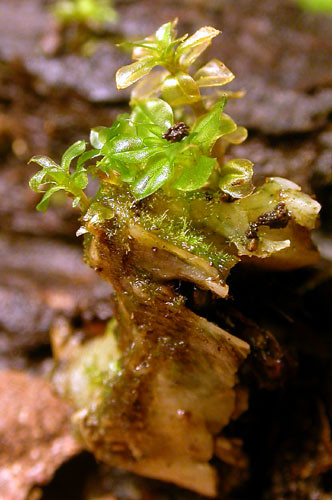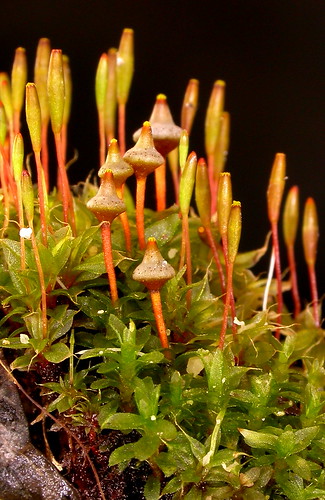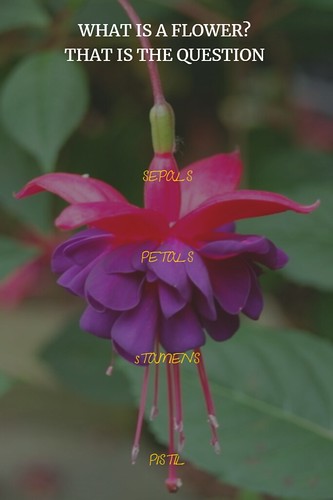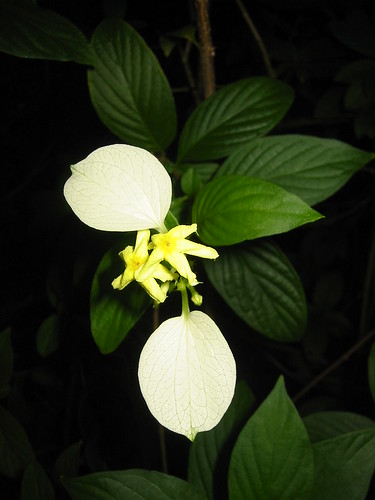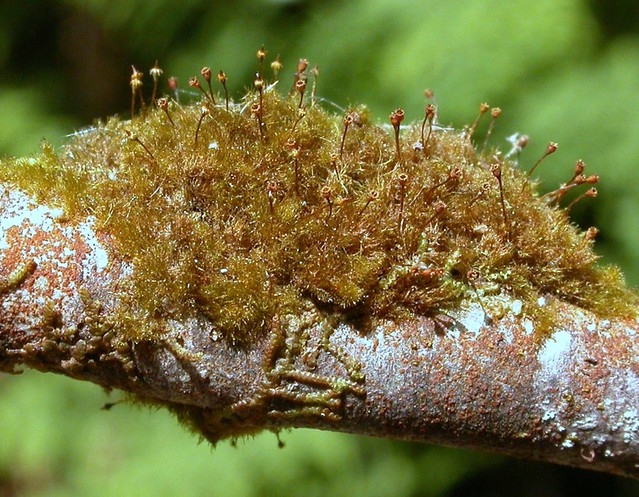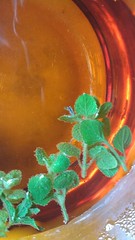Guess how many species of moths you can find on your veranda? If you live near a rainforest, it is likely that a lot. When the pandemic hit, the stay-home-as-much-as-possible era began, and that is when we started paying more attention to what is around us. By this I mean around us just within the confines of where we live. And the veranda was where we started realizing that a treasure trove of nocturnal biodiversity that was visiting.

After seeing what looked seemed like different species of moths coming to visit the florescent light over a couple of night, we started to wonder how many species of moths would we find if we documented all the species we see over a long period of time, say a year or more. We wrote this up into an article and put it up as a preprint on the *preprint server bioRxiv, so that our findings and the data are readily available (Read Article). But, we wanted to post up some of our less academic impressions here.

So we started taking photographs of everything we could photograph that came and settled around the veranda under the florescent light between 7pm to 10pm. We did this intensive sampling for 191 days between Aug 2019 to Aug 2020. Beyond that date, we only photographed moths that we had not observed before.
Some days, very little came, maybe two or three moths, despite keeping a lookout for hours. On other days it was like an intergalactic conference where not only a huge number of moths would congregate but also spiders, cicadas, beetles, bugs, hoppers, wasps, flies and even the odd butterfly. The camera flash was going off furiously, and sometimes small moths got into our eyes.
What does one do with the over 4000 photographs of moths. A good thing to do was to do our part as citizens and share it, and the obvious choice was to do this on iNaturalist. Our Moths of the School for Field Studies project can be assessed on iNaturalist.
To begin with we knew close to nothing about moths, and on iNaturalist our observations would be visible to anyone who uses the app. And that is where we found citizen scientist experts who identified a large number of our observations. Much of the credit goes to specialists Victor Fazio III & Nicholas Fisher @iNaturalist who are co-authors on the work. We also relied heavily on Buck Richardson’s fabulous Tropical Queensland Wildlife from Dusk to Dawn book. Still, there were many hours of sorting into morphospecies (distinct entities based on morphology) those observations for which no ID was forthcoming.
And the count is…
Between Aug 2019 to Aug 2020, recorded over 1000 morphospecies and over 603 are formally named – all from the **veranda! This number rises to over 700 named species if we count other incidental records since then (until Nov 2021).
Importantly, we found a number records that represent species new to Australia or range extensions of southern species. For example, Perixera sp. AAI2525 (A in the figure below) is a Geometrid moth which has so far been recorded only in Papua New Guinea

The macromoths (moths with wingspans > 1cm) were the most conspicuous visitors, and it is always a thrilling experience when the famed Hercules moth (up to 27cm across) comes visiting.
However, a good number of the moths (and may I say the most interesting) we encountered were micromoths (wingspans <1cm) or even smaller, as featured in the plethora of moths below.

(A) Argyresthia notoleuca (Argyresthiidae); (B) Batrachedra sp. (Batrachedridae) (C) Blastobasis sp.
(Blastobasidae); (D) Bucculatrix sp. (Bucculatricidae); (E) Saptha libanota (Choreutidae); (F)
Cosmopterix sp. and (G) Labdia leucombra (Cosmopterigidae); (H) Dichomeris acuminata, (I)
Hypatima aff. deviella, (J) Stegasta variana and (K) Thiotricha atractodes (Gelechiidae); (L)
Acrocercops sp. and (M) Caloptilia sp. (Gracillariidae); (N) Tasmantrix thula (Micropterigidae); (O)
Unidentified sp. (Nepticulidae); (P) Opostega sp. (Opostegidae)
Understandably, many of these “micromoths” cannot be placed to species, or sometime even to genus, without microscope work. This also applied to some macromoths, which need dissection and examination of reproductive to arrive at a positive identification.
In a nutshell…
We are blown away by the immense diversity of moths that can be found in just one spot, and we continue to new species on some days. The takeaway message is this – moths are a frequently ignored aspect of tropical rainforest biodiversity, and they certainly deserve a lot more attention. The extent of the distribution of many species are still not comprehensively recorded in databases like the Atlas of Living Australia or BOLD and conservation of these creatures will rely on such data.
References
BOLD: The Barcode of Life Data System (http://www.barcodinglife.org)
Richardson B. 2016. Tropical Queensland Wildlife from Dusk to Dawn Science and Art. LeapFrogOz:
Kuranda.
Zborowski, P, Edwards T. (Eds.). 2007. A guide to Australian moths. CSIRO PUBLISHING.
Notes
*One reason we decided to put the article up as a preprint was also because the Methods we used for this paper were considered unorthodox. Many entomologists are firm on their belief that entomological studies such as these require collecting actual samples and comparisons with reference specimens. We did not follow this tradition as our aim was to do a purely photographic study.
**We also created an iNaturalist project that amalgamates just observations at the veranda between 9 Aug 2019 to 9 Aug 2020. (See Veranda moth-er for a year).




